
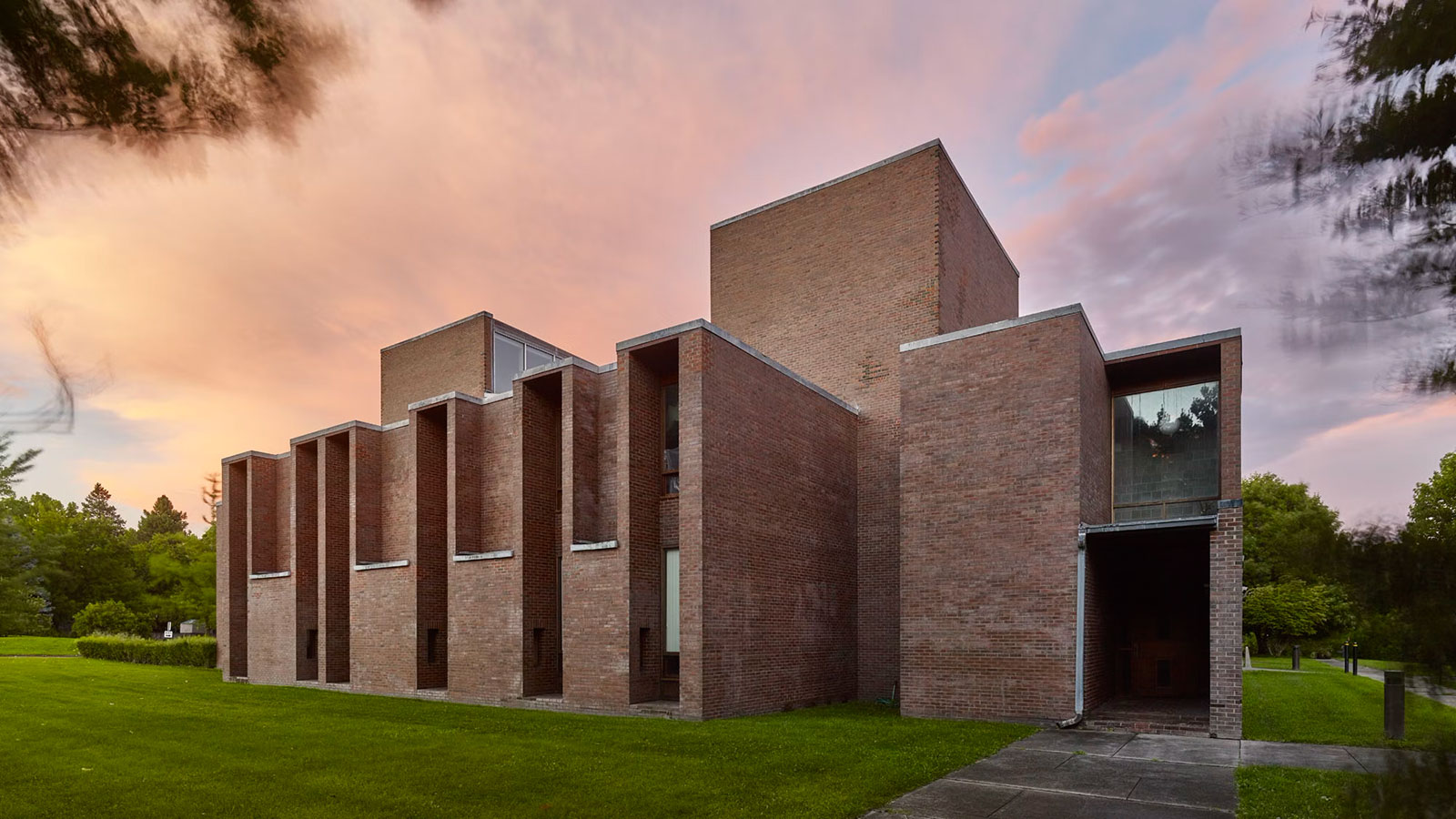 |
 |
 |
Louis Kahn-The First Unitarian Church of Rochester
The mid twentieth century saw a seismic shift in the architectural world, with the rise of Modernism replacing the classical, ornamented designs of previous eras. Amidst the bright minds that forged this new architectural path was Louis I. Kahn, a prominent architect celebrated for his monumental and thoughtfully designed buildings. One of his less recognized but equally influential works is the First Unitarian Church of Rochester in New York, a testament to Kahn’s deep understanding of human interaction with space and light.
The First Unitarian Church Technical Information
Architects: Louis Kahn
Location: 220 S. Winton Road., Rochester, New York, USA
Topics: Modernism, Brick Buildings, Sacred Spaces
Site Area: 8 Acres
Project Year: 1962-1969
Photographs: © Cemal Emden
The First Unitarian Church of Rochester: Transcendental Modernism
The First Unitarian Church of Rochester, designed in 1959 and completed in 1962, is a prime example of Kahn’s unique design sensibilities. Situated in Rochester, New York, the church was commissioned as a space for worship, community interaction, and spiritual reflection.
In conceptualizing the church, Kahn’s design bore two primary structures: the church itself and an accompanying religious school. They were connected through a series of gardens and courtyards, enhancing the spiritual and communal nature of the space. The church’s external facade was created using bare brick and concrete, exuding a monolithic and timeless character, a hallmark of Kahn’s architectural style.
The most striking aspect of the First Unitarian Church is its manipulation of light. The church’s interior space is subtly illuminated through a unique clerestory window system that, despite its concealed design, floods the space with natural light. The effect is a soft, indirect light that subtly reveals the texture of the exposed brick walls, setting a serene and contemplative atmosphere within the building.
The spatial configuration of the church, like many of Kahn’s works, was defined by a series of interconnected geometric forms. The central worship space is octagonal, surrounded by triangular spaces accommodating the ancillary functions of the church, such as the choir and the organ. The inherent flexibility of this design allowed the central space to be utilized for a variety of congregational needs, showcasing Kahn’s keen understanding of multi-functional spaces.
Moreover, Kahn’s ingenious incorporation of acoustics in the design was a highlight. The architectural form of the church was designed to allow sound to travel organically, enhancing the acoustic experience during sermons and musical performances.
While the First Unitarian Church of Rochester was not Kahn’s largest or most celebrated work, it marked a significant moment in his career. It was during this period that Kahn was honing his style and began integrating the themes that would define his later works, including the Salk Institute and the Kimbell Art Museum. The church’s design embodied the critical principles that Kahn held dear – the seamless integration of space, light, and function; the understanding of the building as a collection of served and servant spaces; and the primacy of human experience within architecture.
However, the church was also indicative of Kahn’s evolving ideas about community spaces. In an era when many architects were grappling with how to design large communal buildings, the First Unitarian Church of Rochester illustrated Kahn’s thoughtful approach. He saw the church not merely as a place for religious worship but as a hub for community interaction. By integrating both the church and the school with gardens and courtyards, Kahn reinforced the notion of the building as a social nexus. This understanding of architecture as a facilitator of human interaction has since become a standard design principle, largely due to Kahn’s pioneering work.






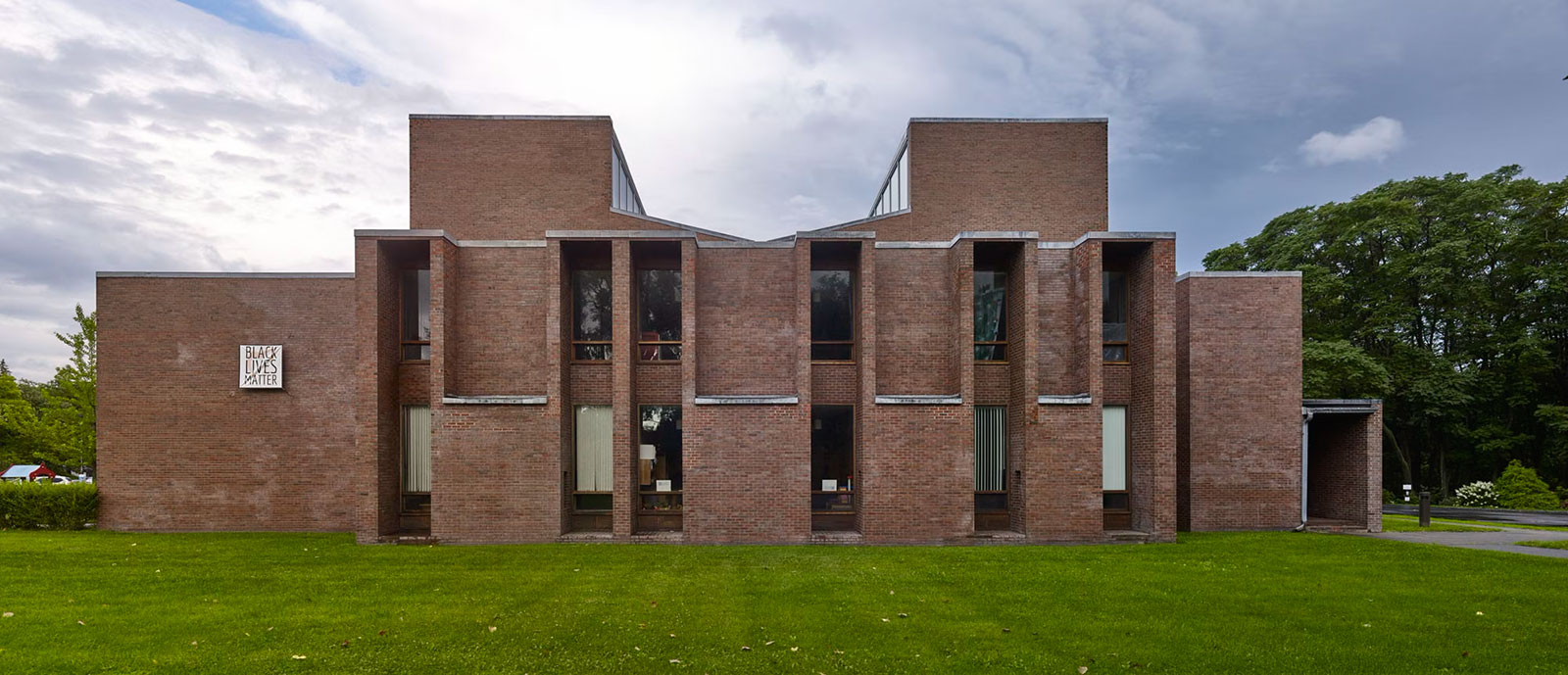


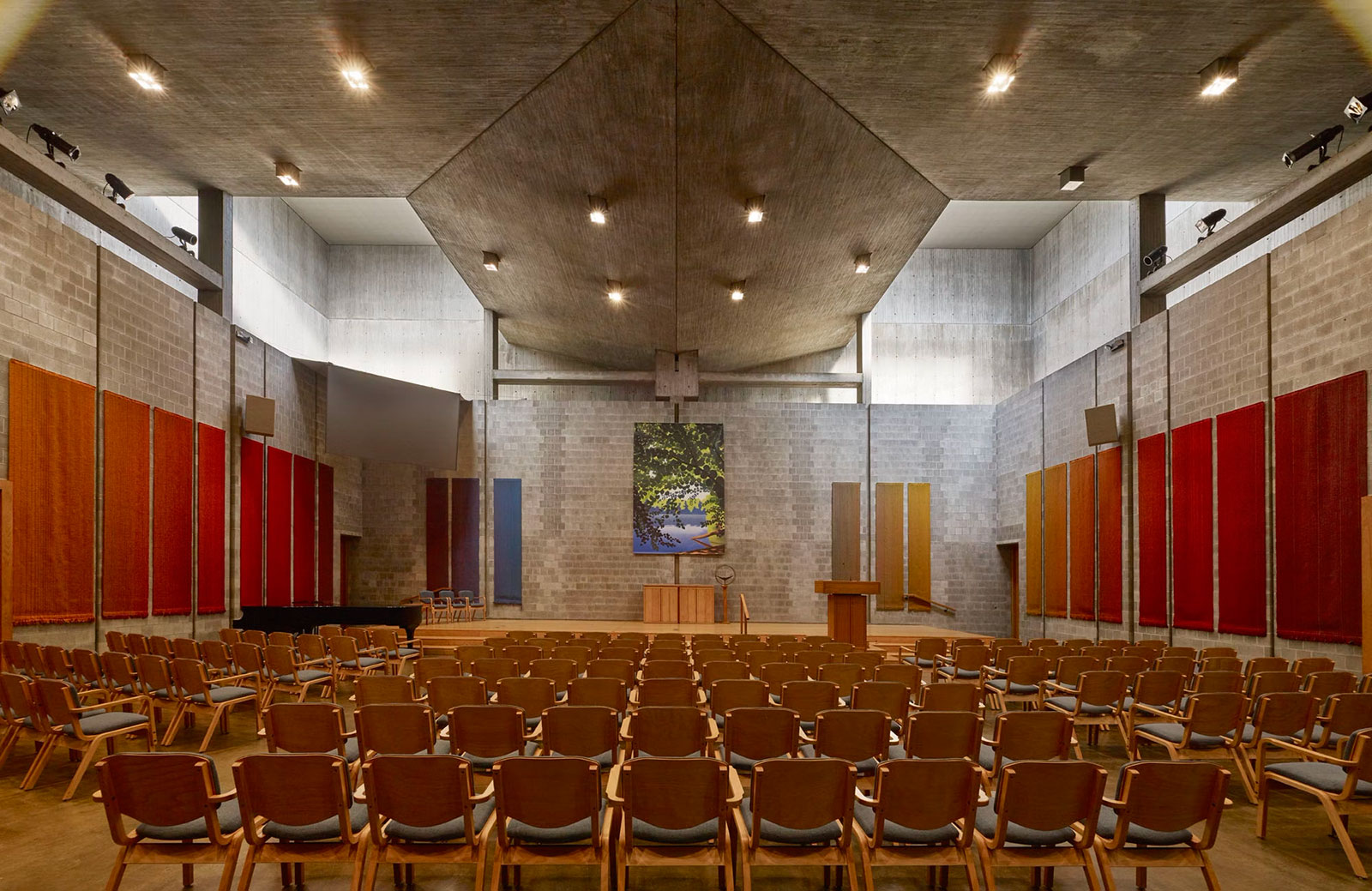



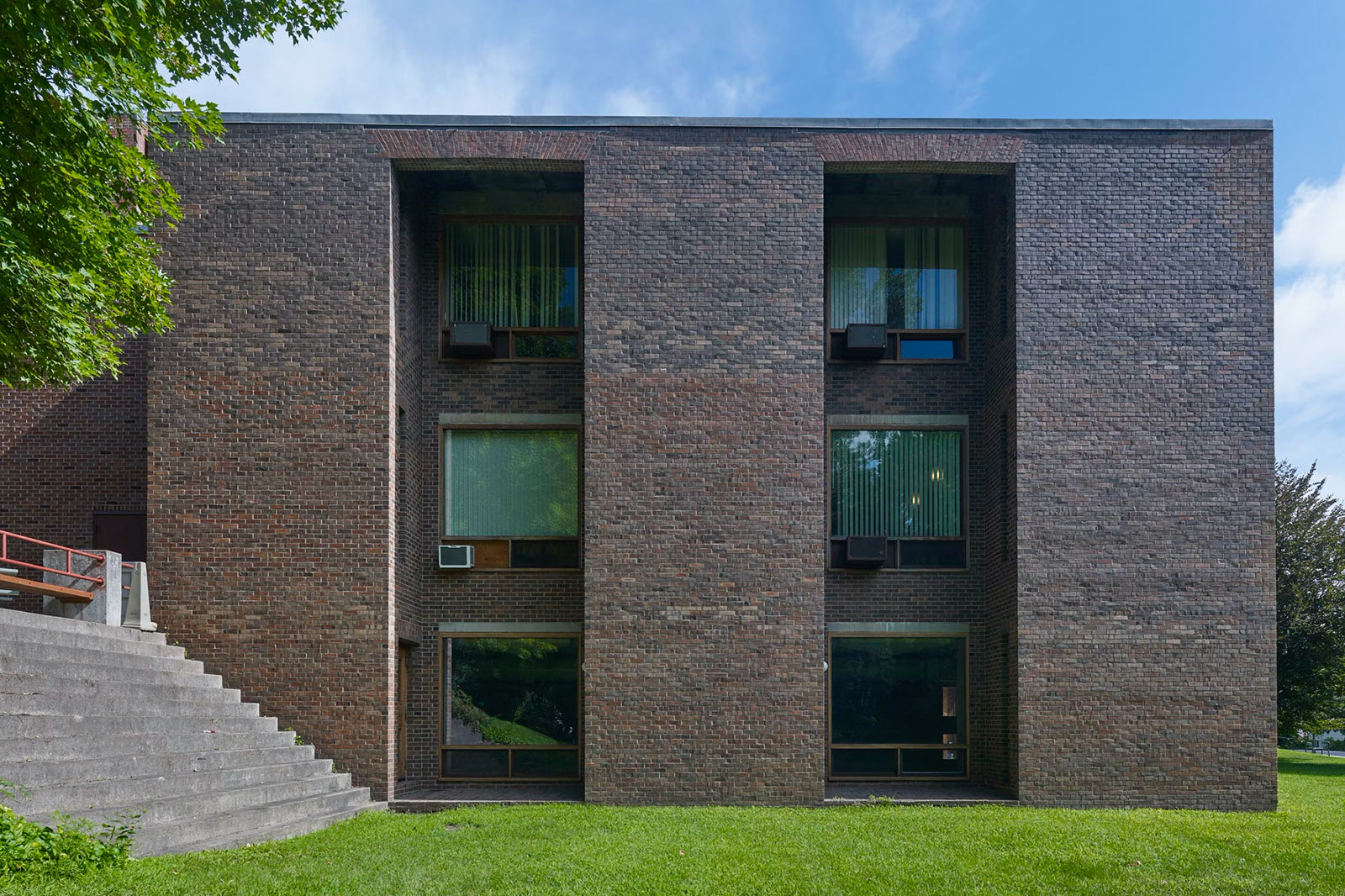



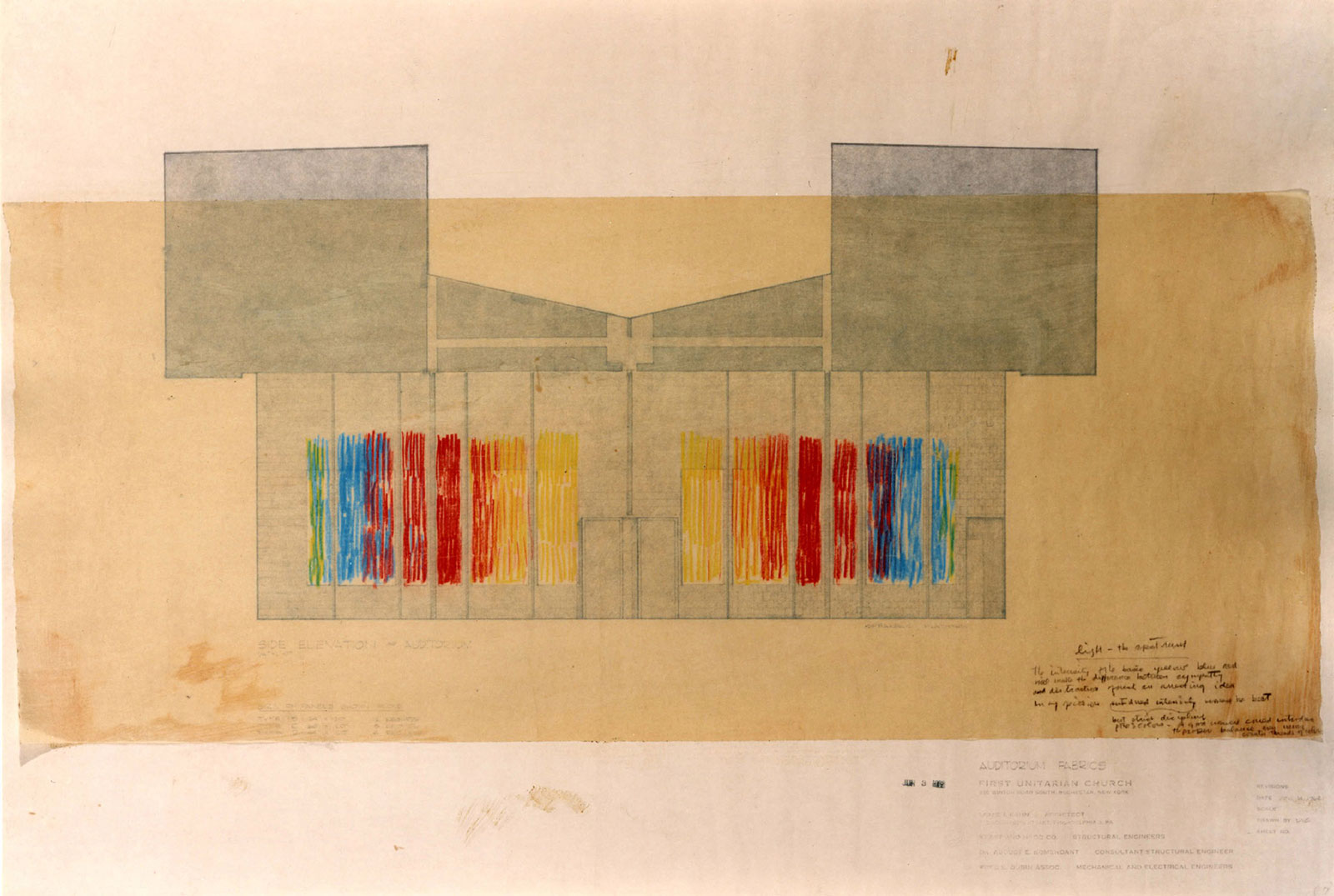
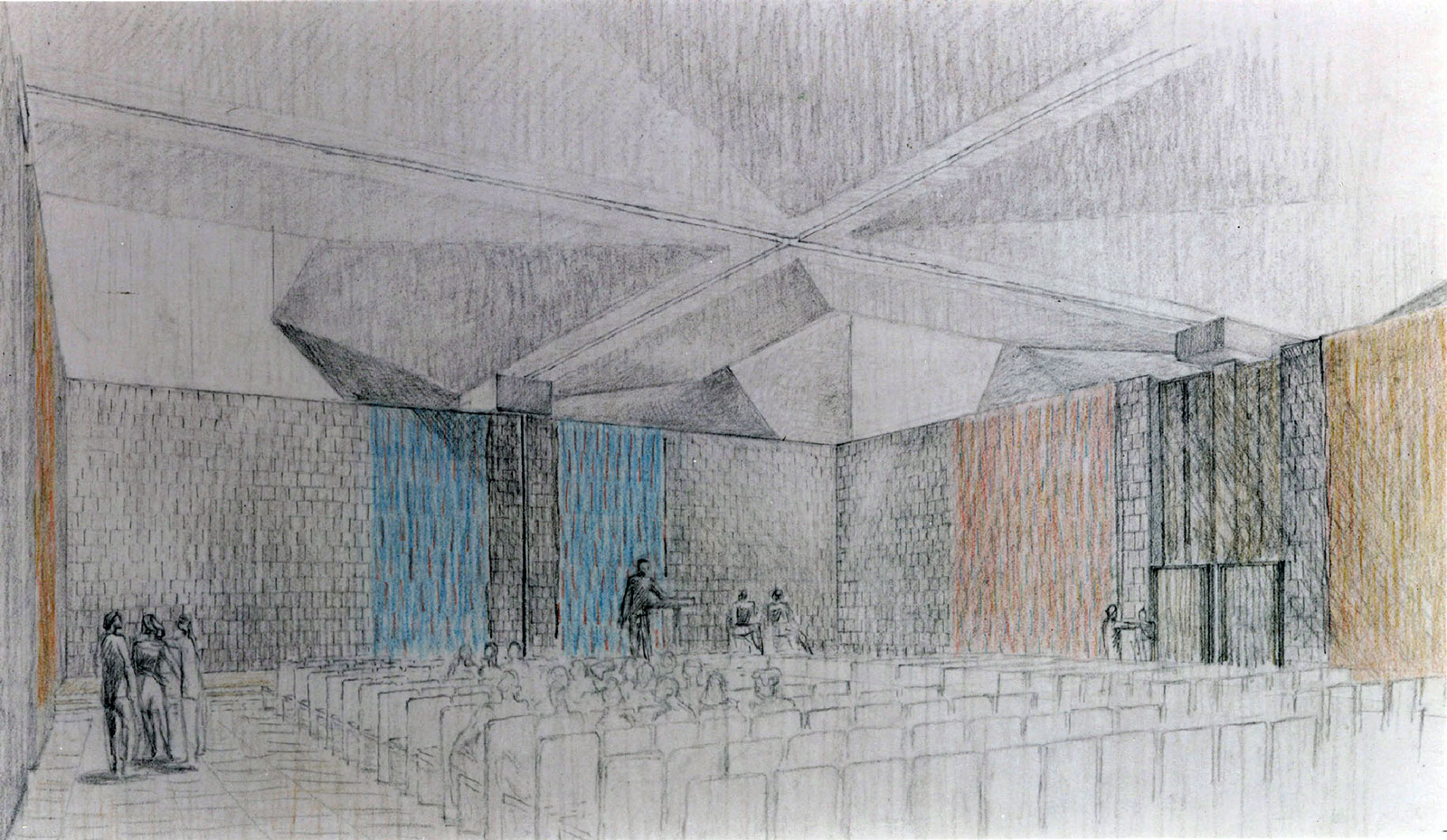

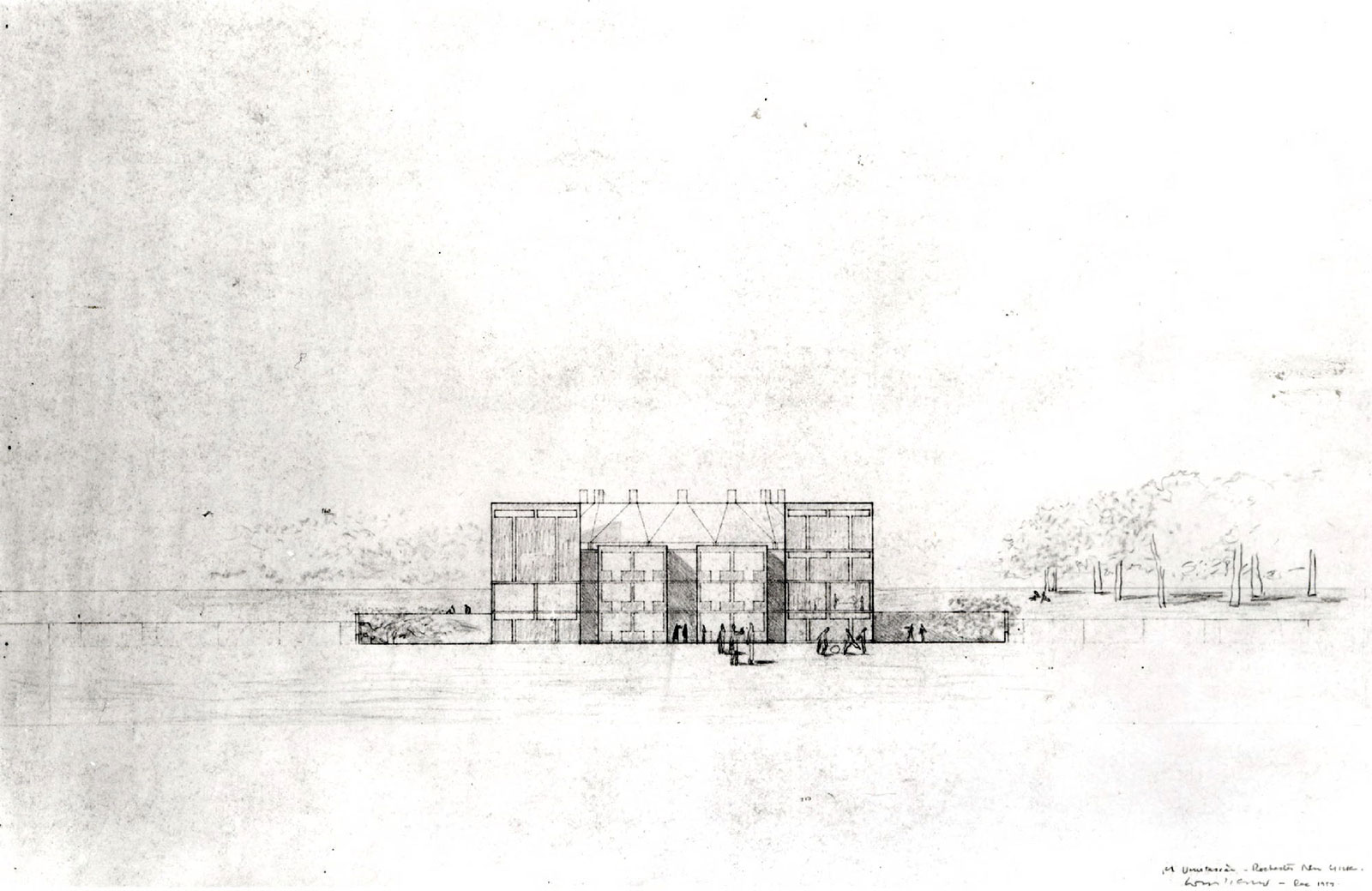

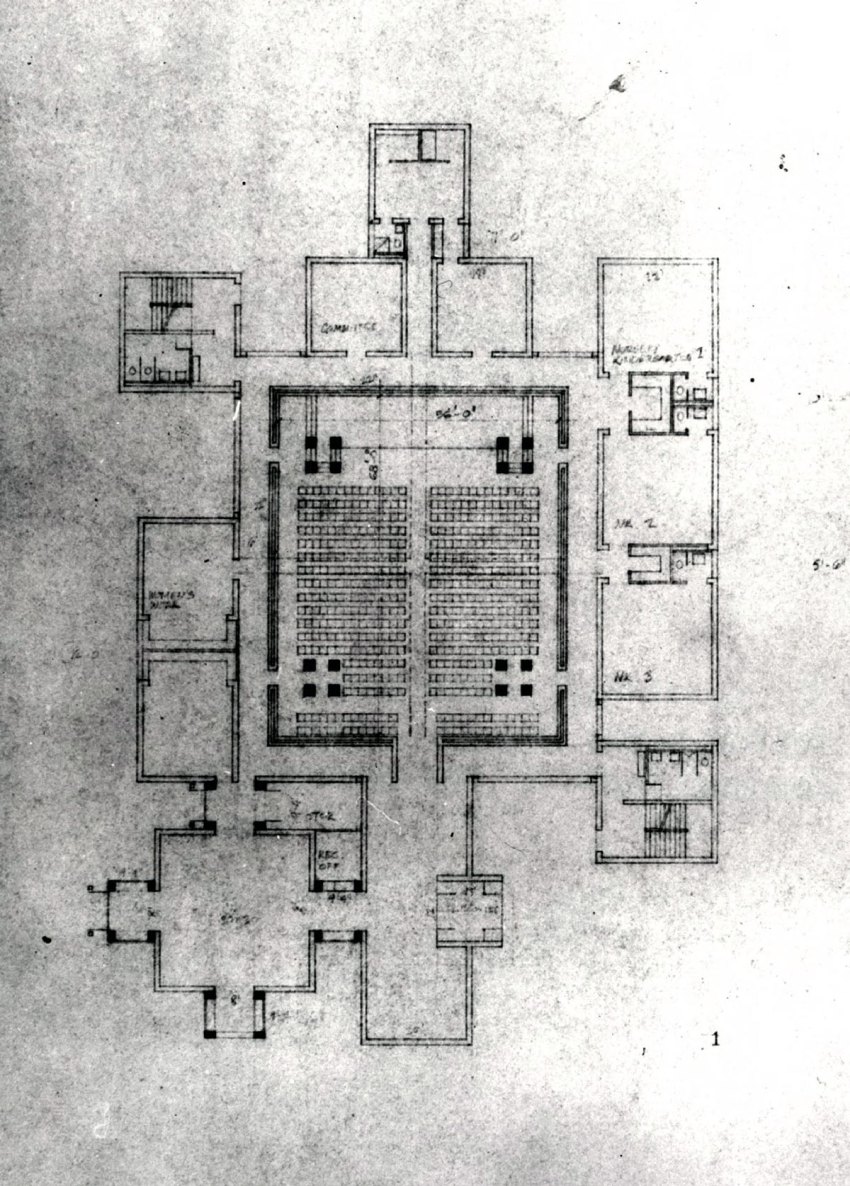
from archeyes